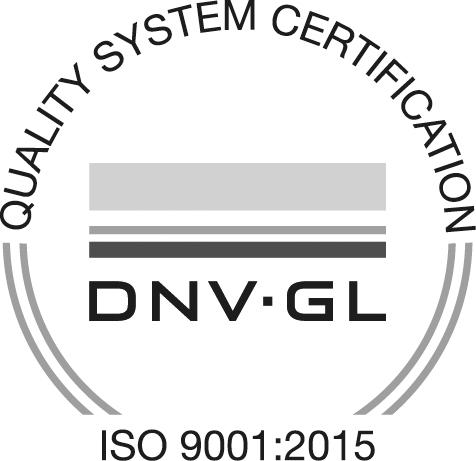With offshore wind farms moving to deeper water, and the WTG also increasing in size we see other foundations than the good old monopile. When using a jacket foundation a pre-piling template helps to speed up the installation process. However, this is only useful when the pre-piling template guarantees that the required installation tolerances are met. So the question is, how are you going to install a structure of approx. 1000t on the seabed under the exact angle and with millimetre precision.
HEADING
A template cannot be installed on the seabed in a random position. It has to be installed under strict coordinates. Tugger lines are needed to bring the template in position or even other supporting equipment mounted on the template such as thrusters.
CTC DISTANCE
Chances are you also have to deal with various CtC distances including a strict tolerance. When the piles are stabbed into the template, heavy forces will occur with direct impact on the template. To avoid displacement and keep position, the template needs to be robust and rigid enough to withstand all the forces during the hammering procedure.
PILE ANGLE & PILE TOP ELEVATION
Next to the hammering operations, also hydrodynamics will affect the template. The larger the deformation on the template, the more it will affect the pile angle. Also when the seabed slopes, the piles need to be hammered to different relative heights to compensate the slope and ensure the jacket stands up straight. The piling template and pockets need to be robust and narrow enough to keep the pile in the exact position, but it also needs to be wide enough for the hydrohammer to install the piles with low stick up height. Retractable rollers inside the pockets can be useful to keep the pile on the exact location and in the right angle and still enable access for the hydrohammer inside the pocket.




